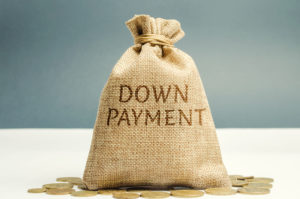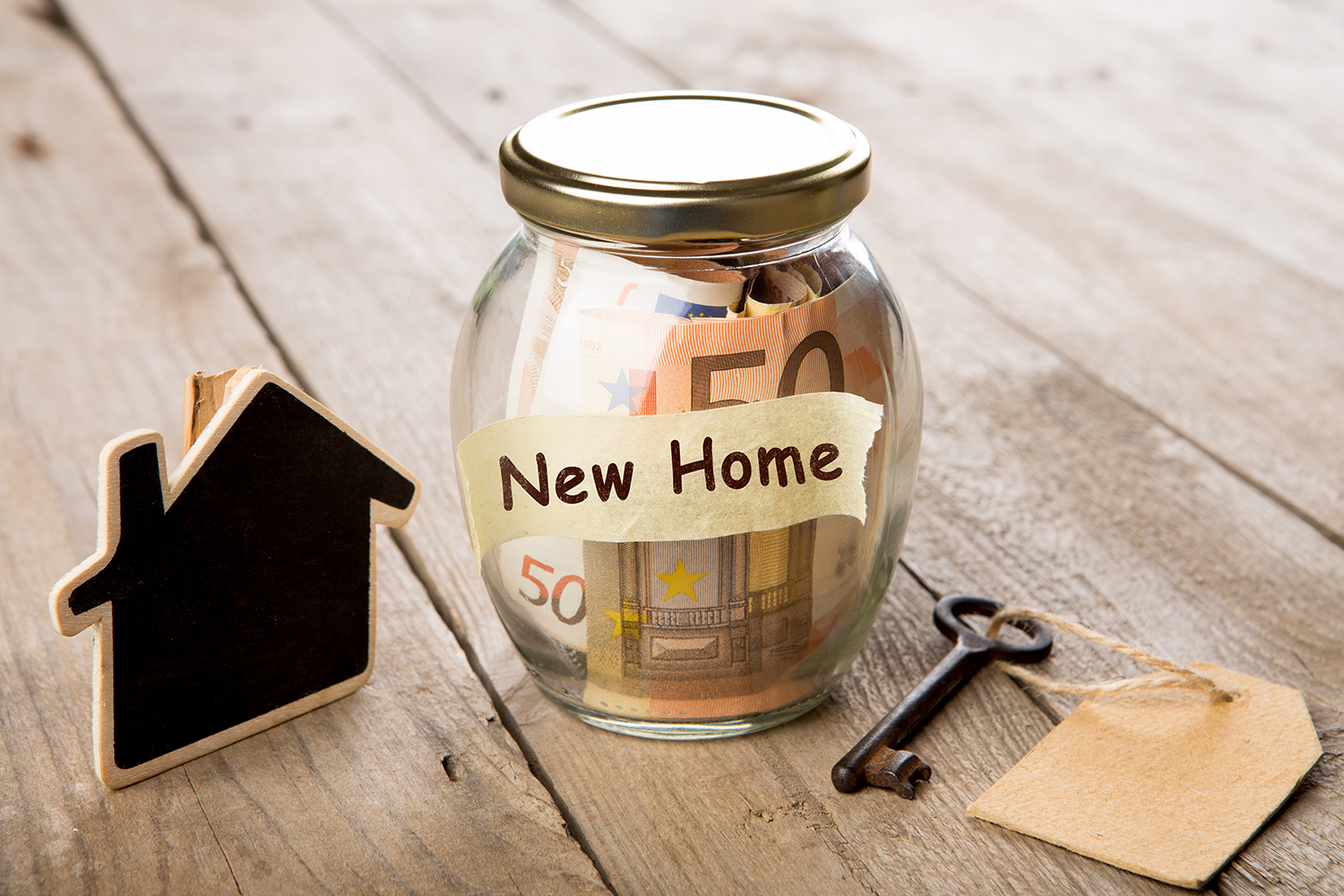For many first-time home buyers, one of the biggest questions is, “how can I start saving for a house?” It’s an important question, and the answer really depends on each buyer’s finances, stage in life and other aspects. To get some helpful tips on how to start saving for a house in Reno/Sparks, I reached out to one of our trusted partners, Dereck Bowlen, the Branch Manager for Synergy Home Mortgage in Caughlin Ranch. He’s been in the mortgage industry for more than 25 years and offered his perspective and advice.
Calculate how much you can afford each month
One of the first steps to begin saving for a house is to figure out how much to save in the first place. To do that, Bowlen suggests meeting with a mortgage professional to understand all the elements that go into a mortgage payment, such as property taxes, homeowners insurance, potentially mortgage insurance or homeowners association fees, and other factors.
 “Some of that could certainly be a shock, especially for a younger buyer,” Bowlen said.
“Some of that could certainly be a shock, especially for a younger buyer,” Bowlen said.
First-time home buyers should also consider the other kinds of expenses that come with being a homeowner versus being a renter, Bowlen added. Taking all of these financial factors into account is essential.
“You don’t want to be house poor and just have all your income going to your mortgage payment,” Bowlen said. “You really want to have a good balance.”
A mortgage professional can help a buyer come up with a realistic number, Bowlen said.
“Clients ask, ‘How much do I qualify for?’ and my question to them is always, ‘How much do you want to pay?’” Bowlen said.
Once a potential home buyer understands what they can afford each month for a mortgage payment, they will have a solid foundation and can look at what’s available on the market.
Look at the homes you can afford
A monthly mortgage amount can also help a real estate agent find the right house at the right price point.
“The starting point is having an idea of home prices, so a real estate professional give you an idea of what you want and the price range of homes on the market,” Bowlen said.
Figure out the down payment amount
Once a buyer has settled on a purchase price range and a monthly mortgage amount, then it’s time to work with a mortgage professional to calculate how much the down payment will be.
 “It’s a misconception to think that you need to have 20 percent saved to make a down payment,” Bowlen said.
“It’s a misconception to think that you need to have 20 percent saved to make a down payment,” Bowlen said.
Many loans and programs offer different options and some even allow buyers to put as little as 3% down, he added.
“What we’re finding in most markets, and especially ours as wages are going up, is that people have the income to afford a higher payment, they just don’t have the savings yet for the down payment and closing costs,” Bowlen said.
Find programs that can help
The Nevada Housing Division offers a program called Home Is Possible, which helps homebuyers get up to 5 percent of the home loan value for a one-time fee of just $675. Buyers who qualify can use that money for your down payment or closing costs. There are also similar programs for teachers and veterans.
Make a savings plan
Once a buyer knows how much money to save for a down payment, then it’s time to make a plan and start saving.
“That helps adjust your monthly budget to be able to save enough money to reach your goals,” Bowlen said.
One suggestion for buyers is to put away a regular amount of money automatically each paycheck into a special savings account.
Have patience
After the plan is in place, then it’s time to follow it an start saving for a house.
“It’s not going to happen overnight,” Bowlen said. “It could be 12 months, it could be 24 months. But, you know, time flies. So, all the sudden you’re there, and you can take advantage of all the great things that come with homeownership.”



